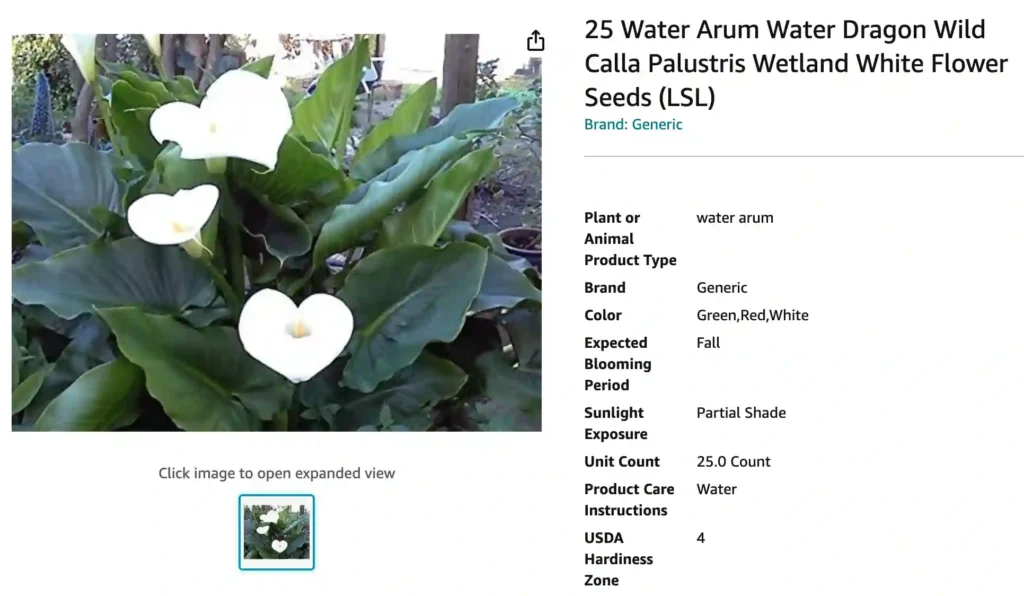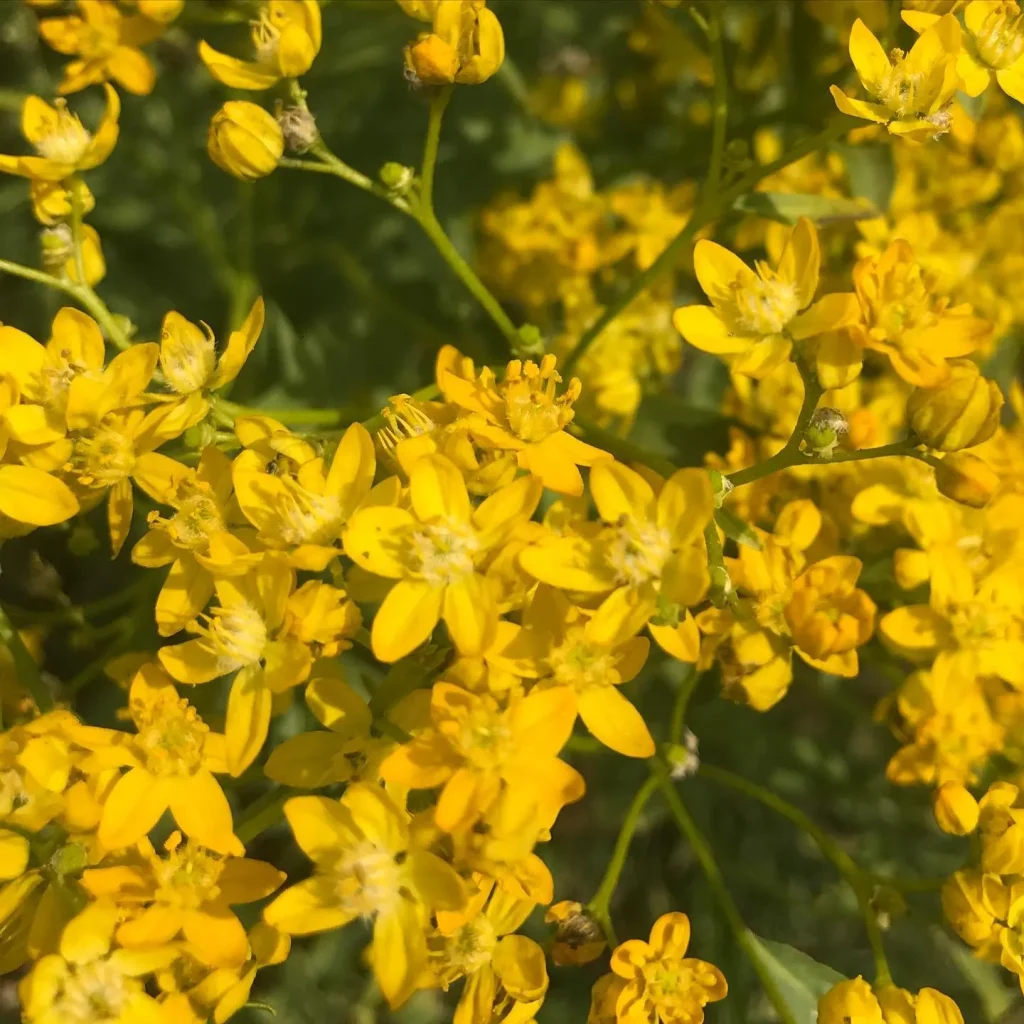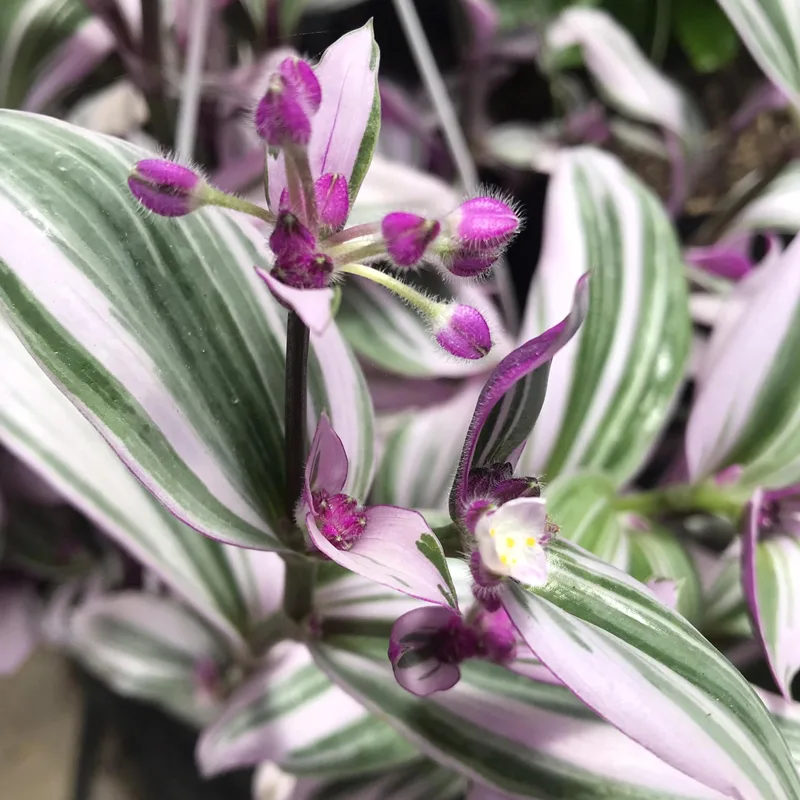
March 20 – Calla
"Calla, the elegant lily, represents March 20."
Calla symbolizes purity and transformation. You possess a serene and graceful nature, bringing beauty and peace to those around you. Like this flower, you radiate an effortless charm.
What is a Water Arum?
The Calla Palustris, commonly known as water arum or wild calla, is a fascinating species of the genus Calla from the Araceae family. This plant has an aura of mystique and adaptability that has captured my interest over the years. It grows natively in wetlands and shallow water areas across North America, Europe, and parts of Asia. If you appreciate unique foliage, intriguing habitats, and the challenge of cultivating wetland plants, Calla Palustris is likely to capture your interest too. In this article, I’ll share my personal experiences and insights about this species, including its appearance, preferred growing conditions, propagation tips, and potential challenges.
How to Care for a Water Arum?
The Water Arum’s charm lies not just in its appearance, but also in its relative ease of care. Here are some key things to keep in mind:
- Light: Water Arums prefer partial shade. Direct sunlight can scorch the leaves, so choose a location that receives dappled sunlight or morning sun with afternoon shade.
- Soil: Rich, moist soil with good drainage is ideal. If planting in a pond, ensure the depth doesn’t exceed 2 inches.
- Watering: As the name suggests, the Water Arum enjoys consistently moist conditions.
How Often to Water Water Arum?
While the Water Arum thrives in moist environments, it’s important to avoid overwatering. This can lead to root rot. Here’s a helpful guide:
- Established Plants: During periods of hot weather or low rainfall, established plants may benefit from a supplemental watering to keep the soil consistently moist. However, in most cases, established Water Arums will get sufficient moisture from natural rainfall.
- Newly Planted Arums: For newly planted Water Arums, keep the soil consistently moist but not waterlogged until they establish themselves, which typically takes a few weeks.
How to Start a Water Arum?
Propagating Water Arums is a straightforward process that can be done through two methods: seed sowing or rhizome division.
- Seed Sowing: Sow seeds in late summer in a shallow tray filled with a moist, well-draining potting mix. Keep the tray in a warm, sunny location and maintain consistent moisture. Germination can take several weeks. Once the seedlings establish a few sets of true leaves, they can be transplanted to their permanent location.
- Rhizome Division: The best time for rhizome division is in spring before new growth appears. Carefully dig up the parent plant and use a sharp knife to divide the rhizomes into sections, ensuring each section has at least one growing eye. Replant the divisions in their designated spots, keeping the soil moist.
What to Plant With Water Arums?
Water Arums can create stunning partnerships with other moisture-loving plants. Here are a few suggestions:
- Ferns: The delicate fronds of ferns complement the elegant form of the Water Arum, adding a lush texture to the boggy area.
- Irises: Siberian Irises, with their vibrant purple blooms, create a striking contrast with the white flowers of the Water Arum.
- Rushes: These tall, slender plants add a sense of verticality and movement to the composition.
Conclusion: The Enduring Appeal of the Water Arum
The Water Arum’s understated beauty and adaptability have secured its place as a favorite in my garden. Its low-maintenance nature makes it perfect for busy gardeners, while its tolerance for a range of conditions allows for creative placement. Whether you have a dedicated pond or simply a damp corner in your flower bed, the Water Arum can add a touch of elegance and tranquility to your outdoor space. So, why not give this unique aquatic gem a try? With a little care, you can enjoy its charm for years to come.
If i die, water my plants!



